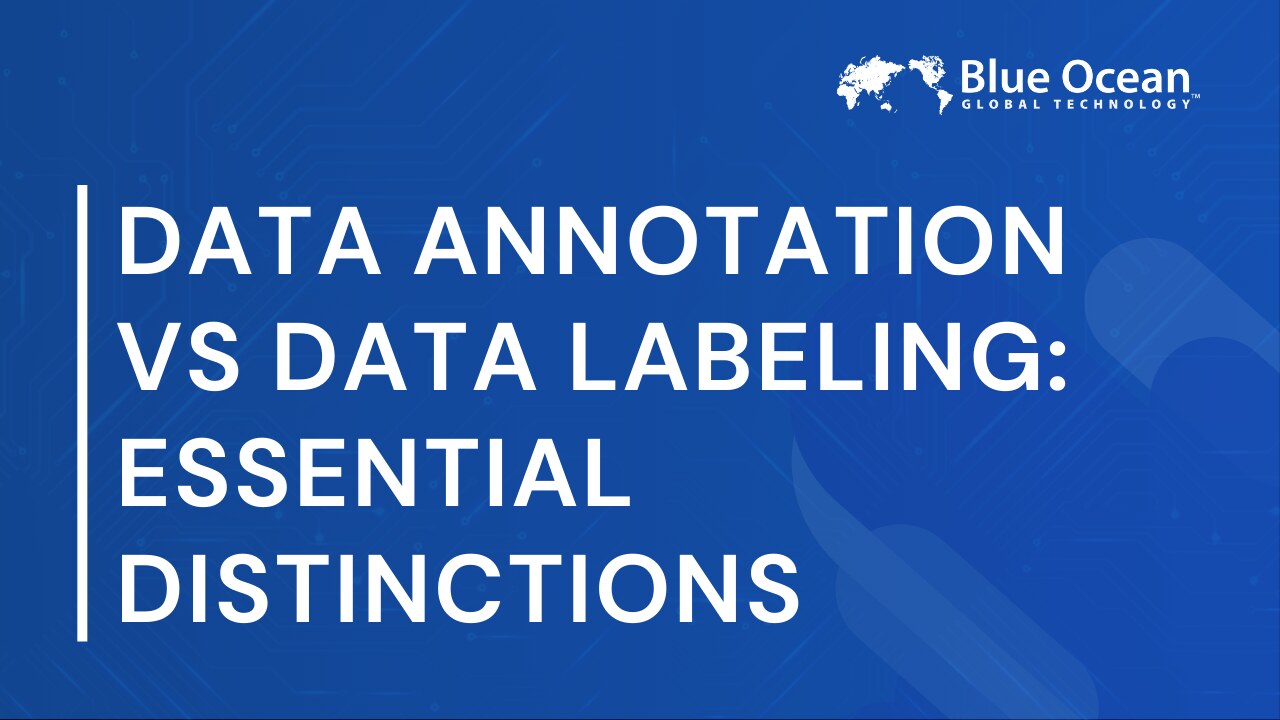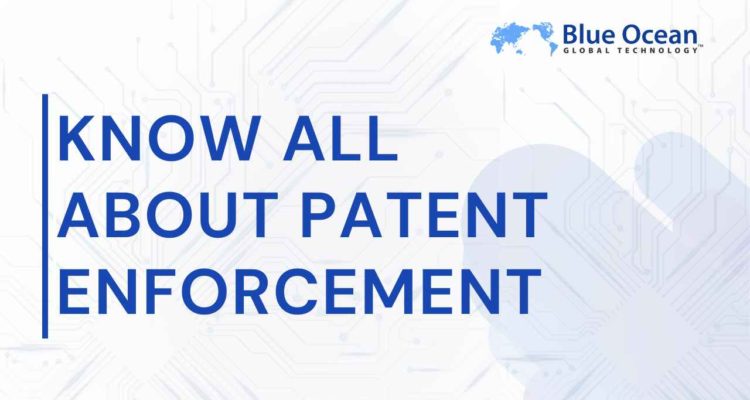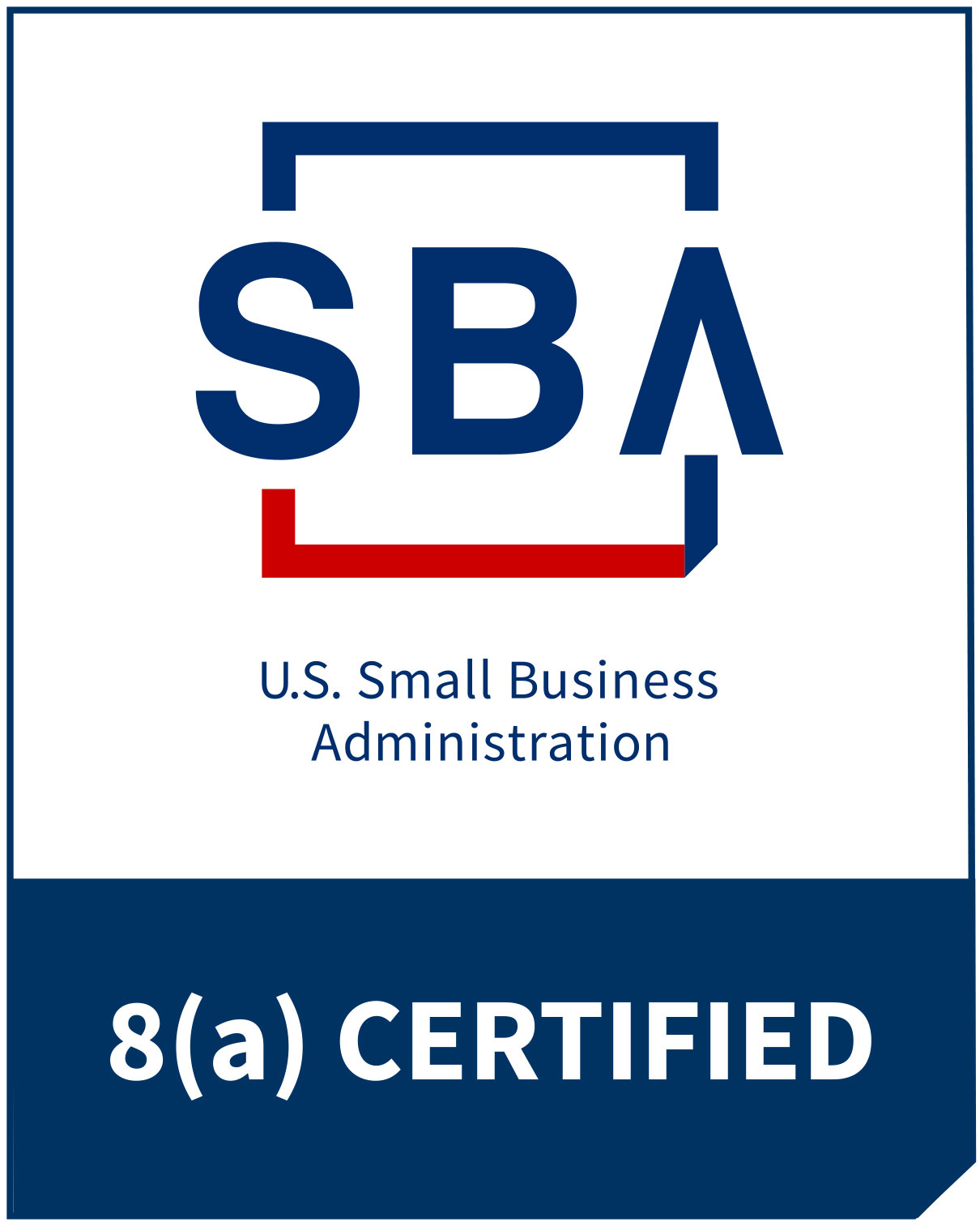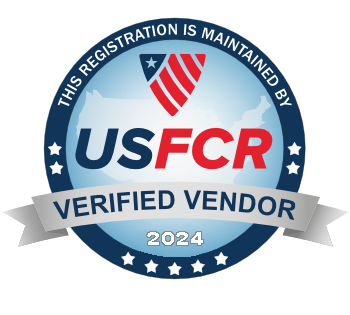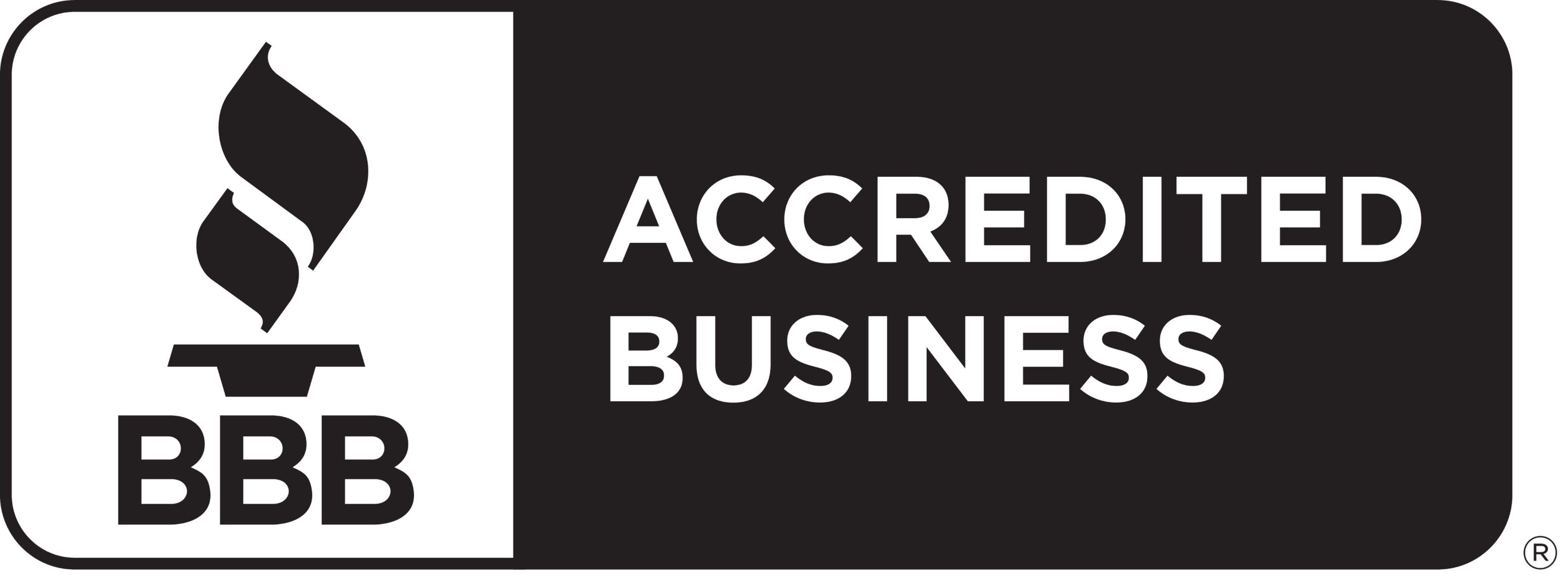Overview:
- Learn the fundamental differences between data annotation and data labeling by comparing the complexities, costs, and impacts of the processes in AI development.
- Real-world applications and critical challenges in data quality and scalability.
- Practical solutions to data complexities through automation and hybrid approaches.
As the global AI business has grown, machine learning and artificial intelligence technologies have advanced rapidly. The core of this technological revolution includes data preparation as a crucial element. In fact, data preparation steps account for about 80% of the time spent by data scientists. According to Forbes, companies have realized that data preparation has become a major obstacle to implementing AI.
This article demonstrates the key differences between the two most popular data preparation methods. It explores the commonalities, challenges, and nuanced differences between data annotation and data labeling that power modern AI systems.
What Is Data Annotation?
Data Annotation is a kind of sophisticated data labeling that gives data points rich, comprehensive and contextual information. Annotation offers comprehensive knowledge that aids artificial brains in comprehending intricate patterns and relationships, whereas labeling only assigns basic tags. Recent research indicates that data annotation and labeling can increase the accuracy of diagnostic models by as much as 25%.
What Is Data Labeling?
Data Labeling is a methodical process of assigning meaningful tags and labels to raw and unlabeled data. It defines the “ground truth” that serves as the basis for training machine learning models. It can be determined as the basic component of supervised learning where each data point is clearly categorized. This procedure turns raw data into organised information that AI systems can comprehend and learn from.
Types of Data Annotation
Data Annotation involves multiple sophisticated techniques that provide detailed context to data points. Each annotation method offers unique advantages for different AI applications and industry requirements. Image annotation and audio annotation are some of the popular data annotation categories.
Bounding Box Annotation
The Bounding Box method is an image annotation service that creates rectangular boxes for object recognition purposes in the image.This technique is essential for object detection and localization which is used in 67% of computer vision projects. Some common industries involved are retail, surveillance, and autonomous vehicles.
Semantic Segmentation
Semantic segmentation is the process of assigning each pixel of an image to a specific class or category. It is a critical technique for precise object boundaries that helps in achieving 89% accuracy in medical imaging. It is used widely in medical diagnosis and satellite imagery.
Polygon Annotation
Polygon Annotation creates precise outlines around irregular objects. It is vital for autonomous vehicle development and is majorly used in mapping and geospatial analysis. It is a crucial technique that delivers 94% precision in object detection.

Types of Data Labeling
The data labeling process encompasses several techniques and strategies with specific purposes. Each method differs in application depending on the project’s expectations including video, audio, or text as the raw data. There are many types of data labeling optimized for specific kinds of data, such as:
Text Labeling
Text Labeling is used primarily in sentiment analysis, object recognition, and content categorization. This process involves data collection, data tagging, and quality assurance while improving model accuracy rates from 75% to 95%.
Image Labeling
Image Labeling is a critical process for object recognition. While focusing on identifying and marking objects, image labeling is crucial for face recognition and medical imaging services.
Audio Labeling
Audio Labeling is an essential technique for speech recognition systems, improving 23% accuracy with quality labeled data. The technique helps to convert speech to text and identifies sound patterns effectively. Common tools used for the process include LabelBox, SuperAnnotate, and Scale AI. It has a variety of applications such as virtual assistants and transcription services.

Key Differences Between Annotation and Labeling
The distinction between data annotation and data labeling processes lies in their complexity.
Complexity Level
Data annotation requires detailed markup with additional context and information. On the other hand, data labeling involves basic categorization and tagging of data points. Data annotation includes detailed descriptions, relationships, and attributes while labeling uses simple tags.
Cost Structure
Complex annotation costs between $0.10-0.50 per data point, while specialized medical annotation costs up to $5 per data point. On the other hand, basic labeling costs between $0.01-0.05 per data point. Therefore, costs increase with complexity and domain expertise requirements.
Skill Requirements
Annotation demands deep subject expertise and an understanding of complex relationships within data. Labeling requires basic domain knowledge and an understanding of classification principles.
Output Quality
Annotation delivers rich, contextual information necessary for advanced AI applications requiring detailed understanding. Labeling provides fundamental categorization suitable for basic ML models.
Leverage Expert Data Annotation and Data Labeling Services
Transform your raw data into insightful assets with our specialized annotation and labeling services for improved model accuracy.
Applications and Use Cases
The performance of AI models is greatly impacted by the real-world uses of data annotation and data labeling. Here are some ways that various industries are using these technologies to spur innovation.
Healthcare
Medical imaging relies heavily on precise data annotation and data labeling for diagnostic accuracy. In radiology, annotated data helps identify abnormalities in X-rays, MRIs, and CT scans. Through proper annotation, diagnostic accuracy has improved by 25%.
The key applications include:
- Tumor detection and classification
- Bone fracture analysis
- Disease progression monitoring
Autonomous Vehicles
The automotive industry leverages data annotation and data labeling for self-driving capabilities. Tesla shares a significant reduction in object detection errors through annotated data.
Critical applications include:
- Real-time obstacle detection
- Traffic sign recognition
- Pedestrian tracking
- Lane departure warnings
Retail and E-commerce
Efficient data annotation and labeling has revolutionized the retail sector. E-commerce platforms report a significant boost in recommendation accuracy using well-labeled data.
Primary uses include:Primary uses include:
- Product categorization
- Visual search capabilities
- Customer behavior analysis
- Inventory management

Challenges and Solutions
Although data annotation and data labeling are essential for the success of AI, organisations encounter a number of significant obstacles to execution. Effective data strategy requires a recognition of these challenges and how to resolve them.
Data Quality Issues
According to a survey, 60% of projects face numerous poor data quality problems. These include inconsistent data formats, missing or incomplete information, incorrect labeling, or unstructured data complexity. To avoid such problems, the process should include validating data formats before processing. Standardizing input data and implementing automated pre-screening tools can reduce error rates significantly.
Scalability Challenges
A significant number of organizations struggle with scaling their data preparation efforts. Major hurdles include limited human resources, time-intensive manual processes and increasing data volumes with cost constraints. The solution to such problems lies in adopting hybrid approaches and combining human expertise with automation. Implementing parallel processing can improve efficiency by 55% through balanced workflows.
Some effective best practices for mitigation can include regular data audits and quality assessments. It may include standardized protocols for data handling, continuous monitoring and feedback loops.
Conclusion
The choice between data annotation and labeling depends on your needs and resources. Labeling might suffice for basic classification tasks, while complex computer vision applications may require comprehensive annotation. Remember, the success of your AI model largely depends on the quality of your training data.
According to Gartner, 92% of the organizations plan to invest in AI capabilities. Investing in proper data preparation, whether through labeling or annotation, is not just an expense—it’s a strategic imperative for AI success.
Frequently Asked Questions
1. What is the main difference between data annotation and data labeling?
While data annotation offers comprehensive contextual information, data labeling entails the fundamental categorization of data points. Although annotation takes more time and skill, it gives AI models deeper insights which increases accuracy by up to 25%.
2. Which industries benefit most from data annotation and labeling?
Healthcare, autonomous vehicles, and retail/e-commerce show the highest return on investment. The choice depends on specific use cases and complexity requirements.
3. How can organizations overcome common data annotation and labeling challenges?
Organizations can address quality issues through automated pre-screening tools, and tackle scalability challenges with hybrid approaches. This strategy improves efficiency by 55% while maintaining accuracy.
Unsure Which Data Preparation Approach Fits Your Project?
Get expert advice tailored to your specific AI needs.

